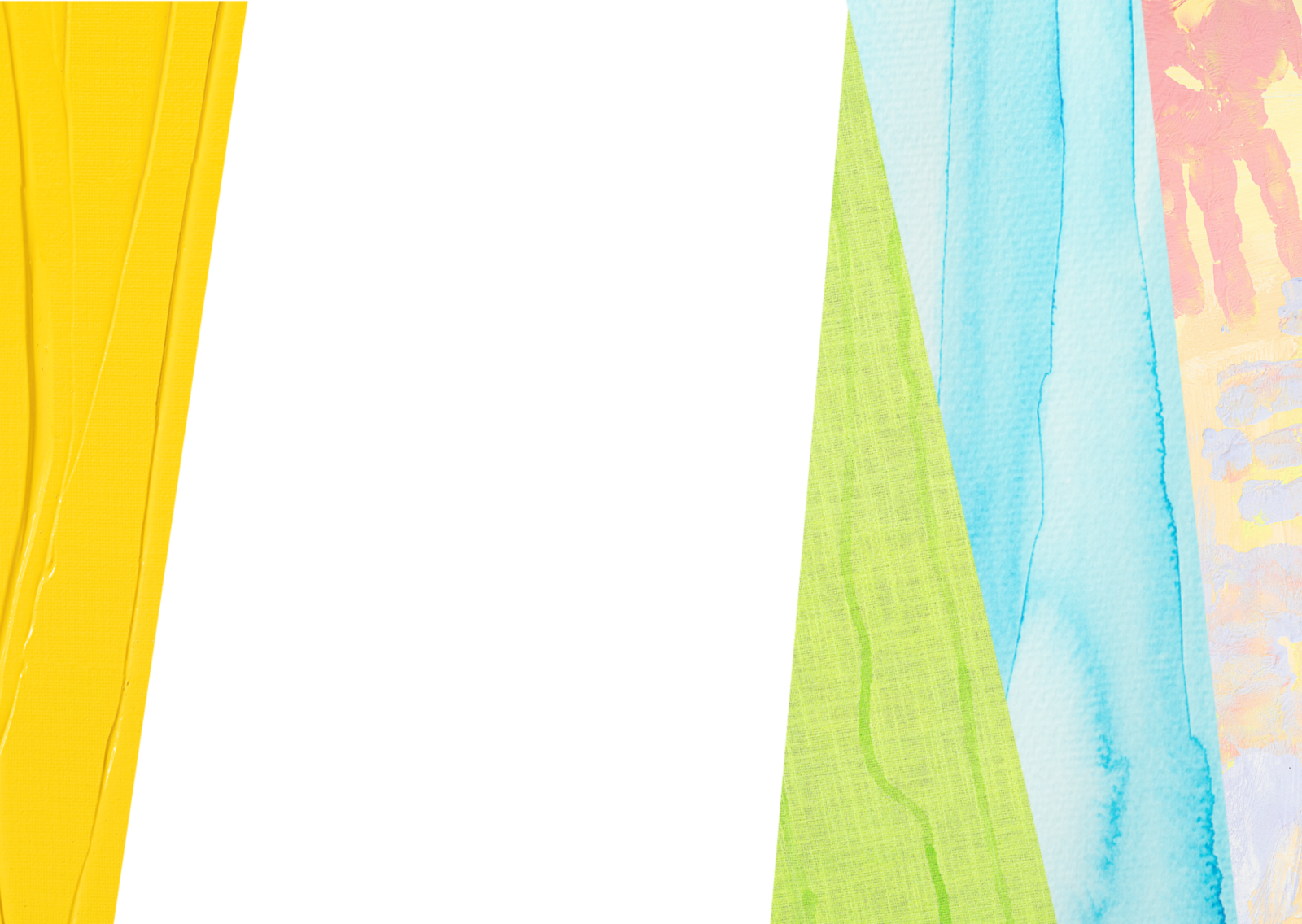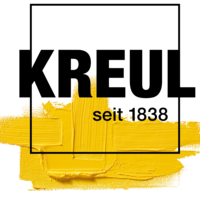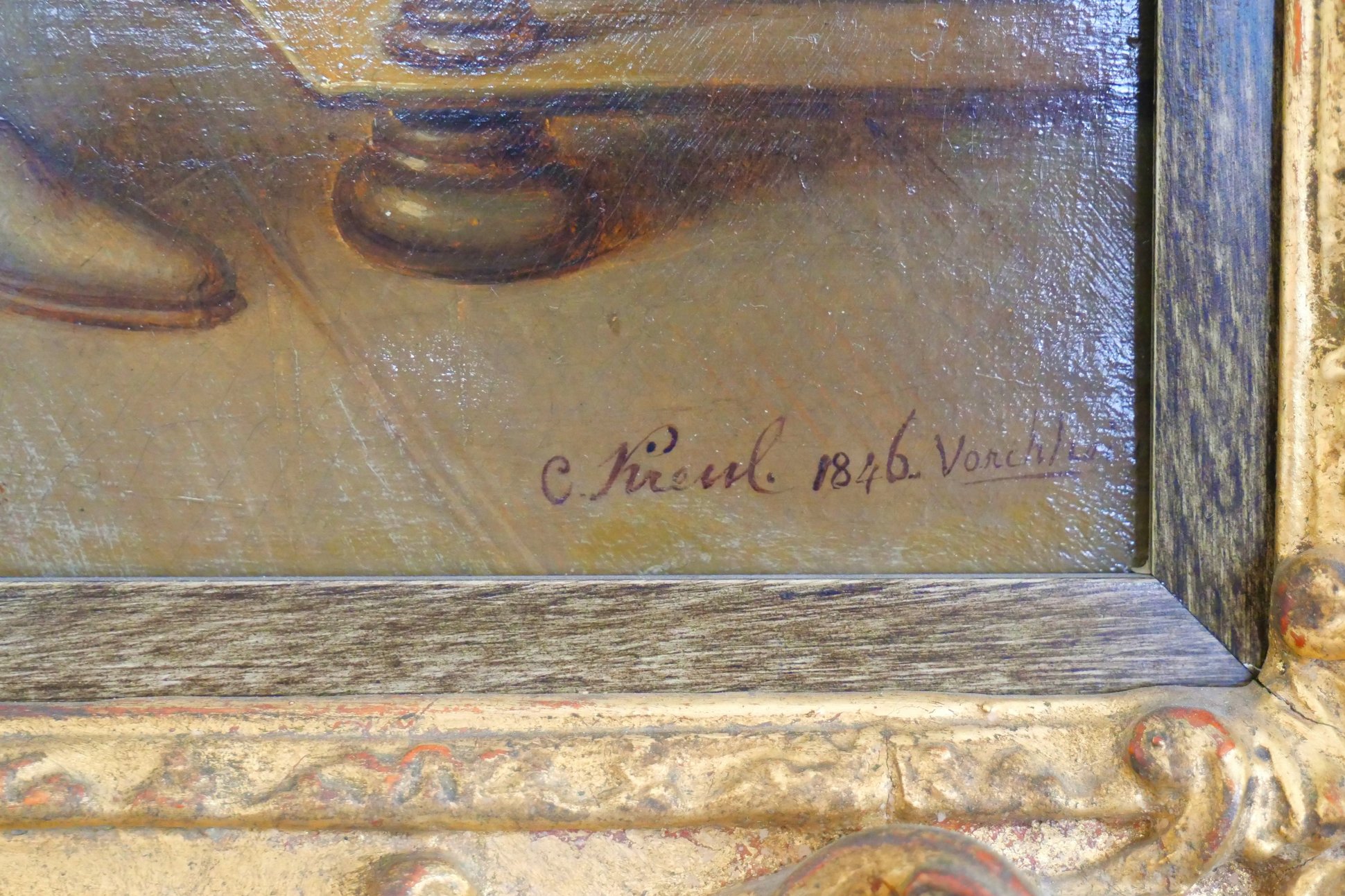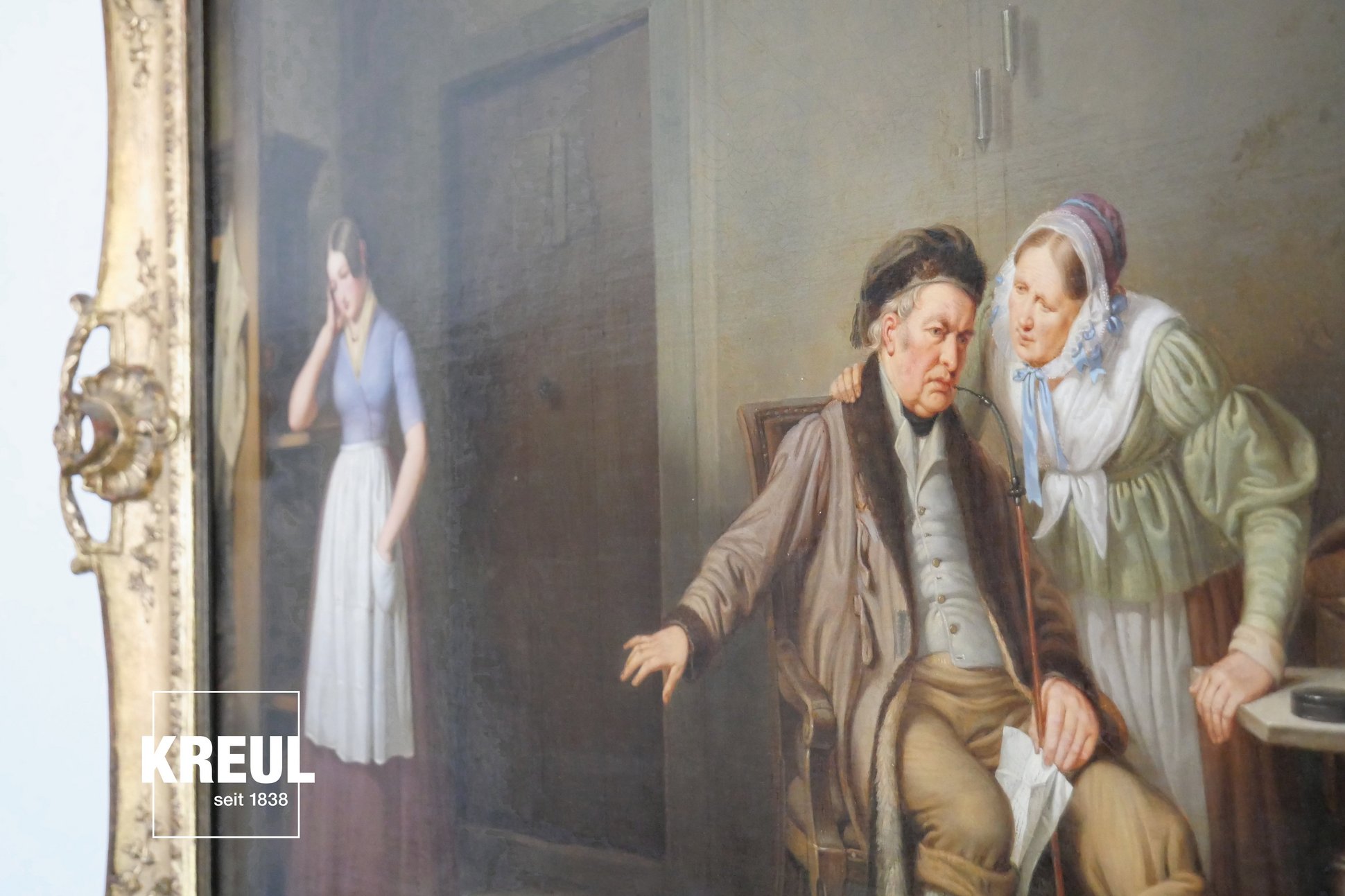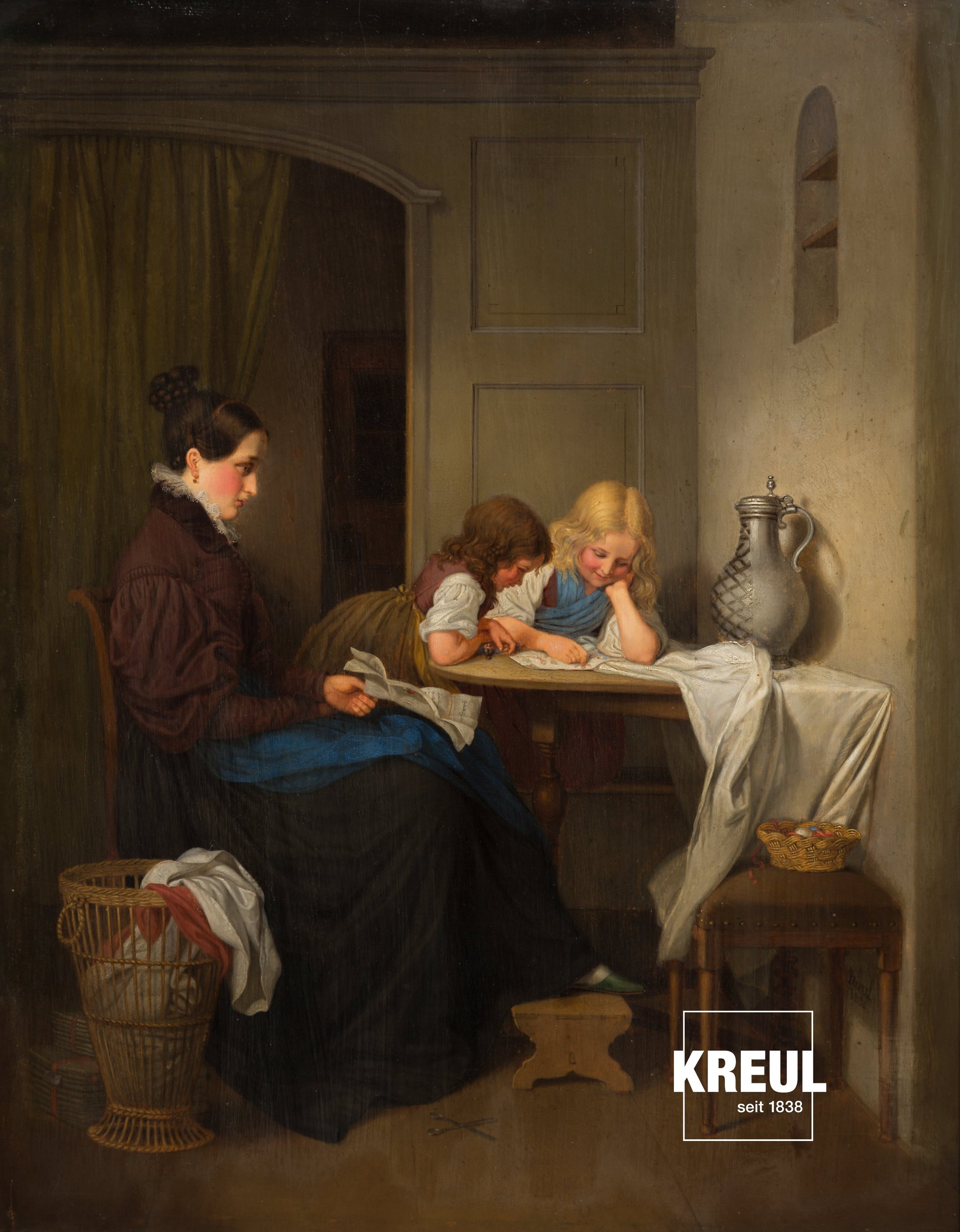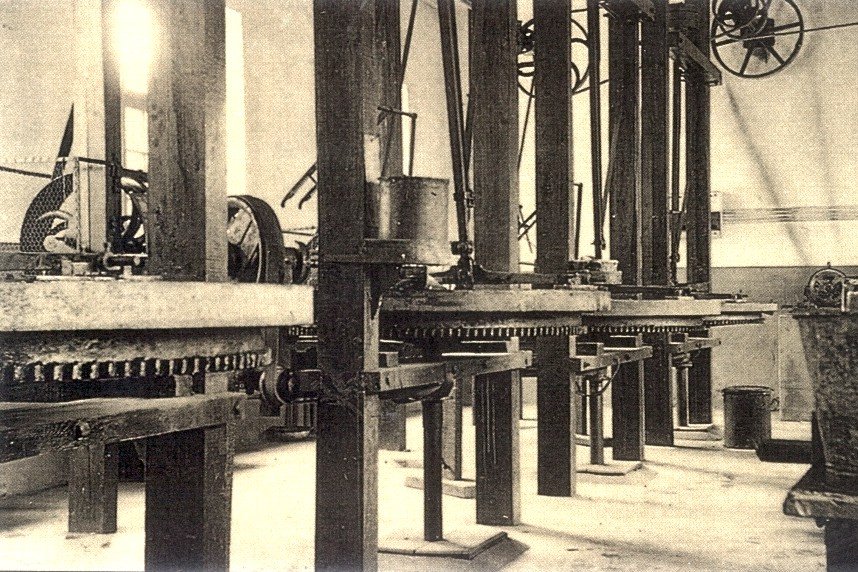Carl Kreul. Artist. Inventor. Entrepreneur.
His was a painter of colourful pictures, an inventor of complex machines and has given the artistic scene a new impetus. However, very little is known about Johann Dietrich Carl Kreul (1803 till 1867). There is even not a single portrait of him passed down. It is mysterious how this relates to an artist. Nevertheless, his life was exciting and his principles still function there 180 years later.
Carl Kreul - who gladly signed his pictures with C. Kreul - lived in the time of the first German train, when Caspar David Friedrich climbed the Rügen chalk cliffs and Carl Spitzweg captured the daily life of citizens.
Artist and craftsman
Like all painters of his time, Carl Kreul was an artist and a craftsman at the same time. Because colours and materials were to be tediously produced by every artist with the help of a lot of knowledge, delicacy and manual skills. The colour pigments were thrown onto a rubbing palette in a thin layer and rubbed. Then one manually mixed the powder with fine oil, and afterwards prepared a paste mass with a spatula which in the end was rubbed well again.
Carl Kreul was able to do it very well, but he wanted to simplify the procedure. With the help of technical knowledge, he developed a colour rubbing machine to be able to produce oil paints in a sustainably high quality. It functioned so well that he founded the first artists' paint factory in Germany in 1838 - which respectively simplified the work of his colleagues. His manufacturing principle still defines the production of oil paints in Kreul today.
As a genre painter, he depicted scenes from everyday life which the observer could easily engage in. The careful reproduction of light, colour and details played a fundamental role there. Today his paintings are predominantly privately owned or are displayed in various museums in Germany, for example in the City Museum Fembo-House in Nürnberg.
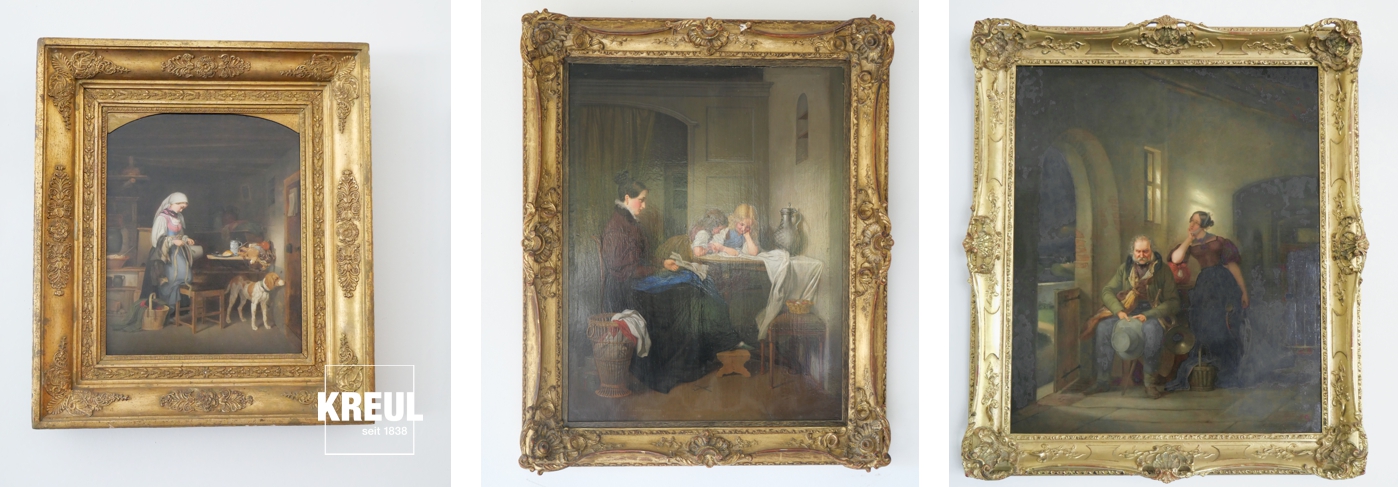
Courage and entrepreneurial talent
So, Carl Kreul was not a painter anymore but a manufacturer - however, he still had an eye for high demands from artists. Thus, apart from machine production, ingredients were of vital importance for him as well. He often received colour pigments as vermillion, precious blue stone (lapis lazuli), ochre, malachite and numerous juicy dyes from far away abroad. And that without telephone, internet and e-mail, which therefore led to long postal waiting times. Due to his high demands for quality, his artist paints have soon acquired an excellent reputation among artists throughout Europe.
In 1842 Carl Kreul relocated the premises of the company from Nürnberg to Forchheim that provided cheap places for small businesses. From now on, the hydropower of Regnitz drove the machines of Kreul. The ready oil paints were then delivered in pig bladders, and from 1880 in tubes.
Carl Kreul died in 1867 having no children. Anyway, his inventive talent, his love for colours and his pioneering courage are still noticeable in Forchheim - and serve as stimulus and motivation for all employees of Kreul in the oldest artists' paint factory in Germany, to always develop the best for artists, creatives and kids.
